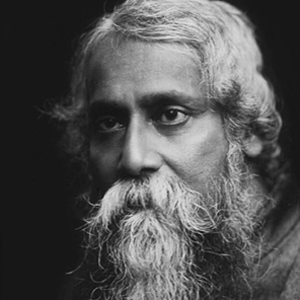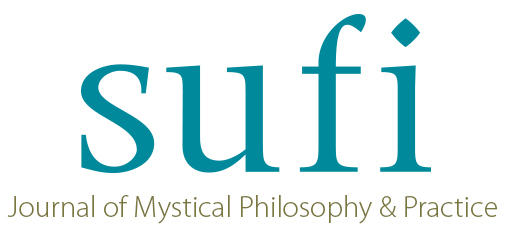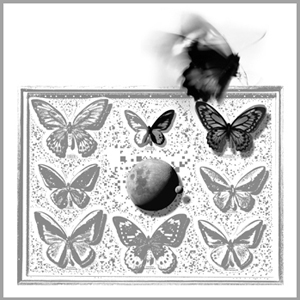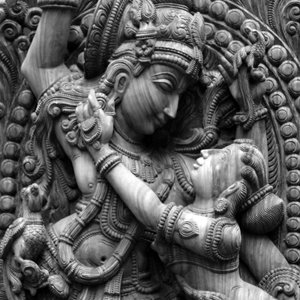 AN INTRODUCTION
AN INTRODUCTION
by Coleman Barks
For the occasion of Tagore’s 150th Birth anniversary, Coleman Barks sets the scene for the introduction of Rabindranath Tagore’s Gitanjali to a Western audience. This resulted in his receiving the Nobel Prize in 1913. He was the first Asian to receive that honor. Poet, writer and translator of Rumi, Coleman Barks is currently working from the original notebook prose translations of Gitanjali made by Tagore himself on his sea journey to England in 1912, to produce new free verse renderings. Coleman Barks has been collaborating with Persian scholars for thirty years to bring the poetry of Rumi and other mystic poets to the general public.
(Photograph of Tagore 1916 by Eward Curtis)
Visit the Store to Subscribe or Buy the Current Issue and Back Issues






